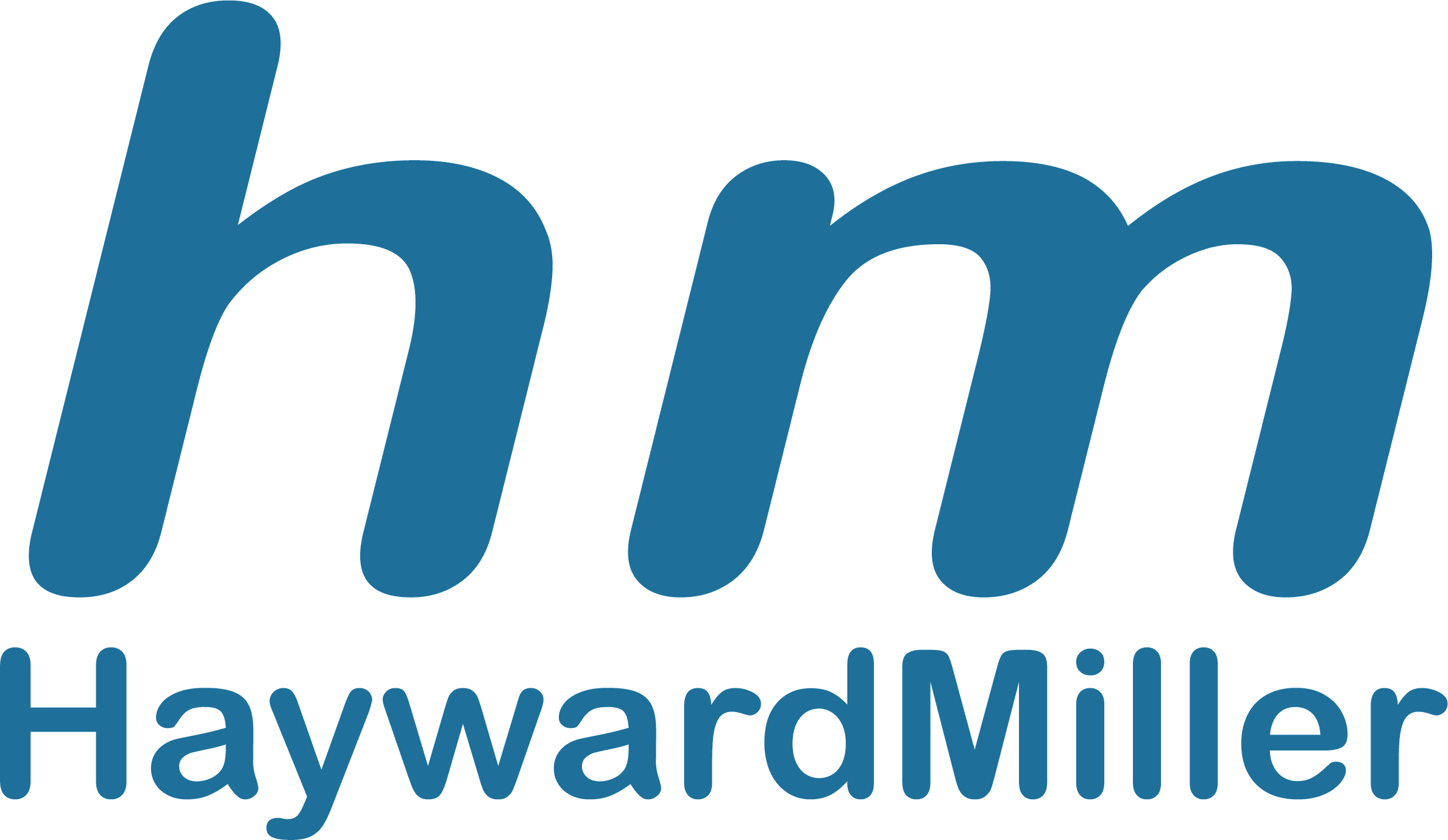Do You Really Know Your Target Market?

In any business, you will already have an idea of who your ideal target market is, but how thorough was your research? Do you know whether your current market is your target? Do you know their demographics and psychographics? Are you supplying a lucrative demand? You should know these answers.
Why do you Need to Define your Market?
Defining your market essentially allows you to know your customers better. The better you understand your market, the more you can relate to your prospects in your approach. Prospects are more likely to buy from suppliers they know, like and trust. There it’s important that you express your company brand in a strategy that is appealing to your customers. When someone is found likeable, it’s probably due to a shared value or a similar experience both parties can relate to. If you can relate to someone, you increase your likeability. This, in turn, adds value to the sales relationship and therefore the sale.
It’s all about the customer’s experience, it’s why markets nowadays are so influenced by the state of customer service they receive. For example, would you likely buy a coffee from a cafe again if the experience was horrendous, but the coffee was good? It’s probable that you would not repeat purchase in future, or you will just order the coffee to go and not stay. It’s now a standard for every business to have exceptional customer service, if this is not the case, your business will not be rated well. This applies to both B2B and B2C businesses.
So, How do you do it?
To define your market, you must research them in depth. Consider their demographics, psychographics and geography. Demographics covers the socioeconomic characteristics of the group you are attempting to sell to, it concerns their gender, age, income, occupation, marital status and educational level. Psychographics pertains to the market’s culture, values and interests. The geography identifies where your market is based or where their buying activity is highest. Fundamentally, you need to know all the factors which influence your markets buying behaviour.
Pursue these factors and identify whether the results are what you expect. Sometimes, your target market might not be the people you are currently selling to and you should question yourself whether this is right. Should you focus on who you are currently selling to or focus on who you want to sell to? Analyse both markets and judge whether you are receiving a good return from your current customers or your ideal and whether the market is a mass market or a niche one. Once you have finished your comparison you should have a better idea on what market you need to apply the majority of your efforts to.
Applying the Theory
An example of what results you should end up with will be shown below and applied to the Coffee Chain example from earlier.
Current Market:
Female / 15 – 25 / 5k – 25k per annum / Retail Role / In a Relationship / GCSE level / Outgoing / Likes to socialise / Interest in fashion = Mass Market
Target Market:
Male / 40 – 60 / 30k – 50k per annum / Sales & Marketing Role / Married / Degree level or above / Professionals / Likes to socialise / Interest in business. = Smaller Market
In this example, the café shop is currently serving teenagers who likely work in a part-time retail role and frequent in the shop to meet up with friends. Whereas, the shop is trying to target Male business professionals earning a high salary, conducting business meetings with their associates.
If there are major differences between the two markets, then you must revise your marketing strategy and how your company relates to its market. It may be that the atmosphere in the café is more suited for the demographic you are currently appeasing to (Young Females), as opposed to your target (Male Professionals). In which case, it’s more appropriate to continue to service this market and not the desired one. However, if you object to this and want to pursue your target market then you must change your strategy to how you communicate with your market. Market on Linkedin, partner up with a local business lecturer and offer free events. Create a more professional formal atmosphere.
Conclusion
Identifying who your desired prospects are, allows for a more relevant applied strategy on how to communicate with this market. Your Marketing and Sales functions must align in order to fully appeal to your market and maximise your sales. To do that you need to carry out in-depth research and define the typical type of people who currently buy your product or service and who you want to purchase your offering? If there are clear gaps or differences you must focus on your main market, i.e. the most profitable market. This is the most sensible solution. After this has been established you can align your marketing, company brand and culture to your target market.
Written By Leyla Hussein

